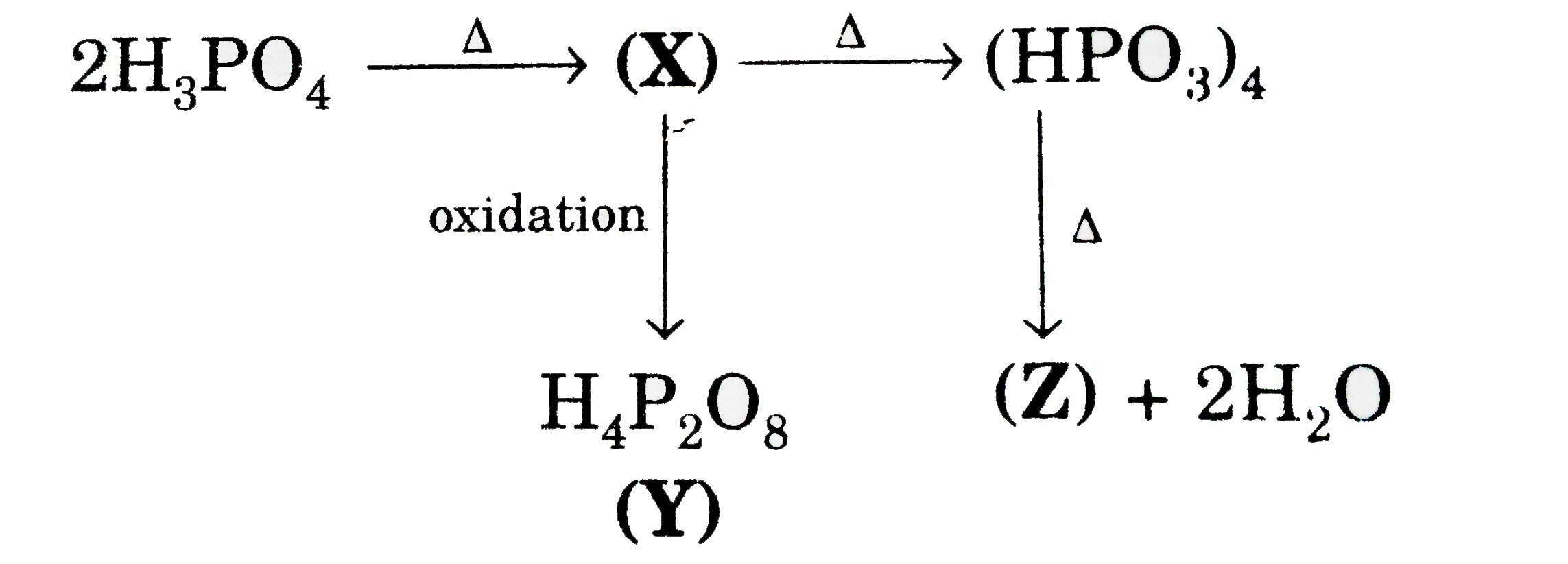The electrovalent linkage is in the compound
O2
CCl4
CHCl3
NaBr
To determine which compound contains an electrovalent (ionic) linkage, we need to analyze the options provided based on the nature of the bonds formed in each compound.
1. Understand Electrovalent Linkage:
- Electrovalent linkage, also known as ionic bond, occurs when there is a complete transfer of electrons from one atom to another, resulting in the formation of oppositely charged ions that attract each other through electrostatic forces.
2. Analyze the First Option (O2):
- O2 is a diatomic molecule where two oxygen atoms share electrons to achieve a stable electronic configuration. This sharing of electrons indicates a covalent bond, not an ionic bond.
- Conclusion: O2 does not have an electrovalent linkage.
3. Analyze the Second Option (CCl4):
- In CCl4, carbon shares its four valence electrons with four chlorine atoms. This sharing results in covalent bonds between carbon and chlorine.
- Conclusion: CCl4 does not have an electrovalent linkage.
4. Analyze the Third Option (CHCl3):
- CHCl3 (chloroform) also involves carbon sharing its electrons with three chlorine atoms and one hydrogen atom. Again, this results in covalent bonds.
- Conclusion: CHCl3 does not have an electrovalent linkage.
5. Analyze the Fourth Option (NaBr):
- In NaBr, sodium (Na) transfers one electron to bromine (Br). This transfer results in the formation of Na+ and Br- ions. The electrostatic attraction between these oppositely charged ions forms an ionic bond.
- Conclusion: NaBr has an electrovalent linkage.
6. Final Answer:
- The compound that contains an electrovalent linkage is NaBr (option 4).
- Electrovalent linkage, also known as ionic bond, occurs when there is a complete transfer of electrons from one atom to another, resulting in the formation of oppositely charged ions that attract each other through electrostatic forces.
- O2 is a diatomic molecule where two oxygen atoms share electrons to achieve a stable electronic configuration. This sharing of electrons indicates a covalent bond, not an ionic bond.
- Conclusion: O2 does not have an electrovalent linkage.
- In CCl4, carbon shares its four valence electrons with four chlorine atoms. This sharing results in covalent bonds between carbon and chlorine.
- Conclusion: CCl4 does not have an electrovalent linkage.
- CHCl3 (chloroform) also involves carbon sharing its electrons with three chlorine atoms and one hydrogen atom. Again, this results in covalent bonds.
- Conclusion: CHCl3 does not have an electrovalent linkage.
- In NaBr, sodium (Na) transfers one electron to bromine (Br). This transfer results in the formation of Na+ and Br- ions. The electrostatic attraction between these oppositely charged ions forms an ionic bond.
- Conclusion: NaBr has an electrovalent linkage.
- The compound that contains an electrovalent linkage is NaBr (option 4).
Similar Questions
Knowledge Check
- Question 1 - Select One
The electrovalent linkage is present in
AO2 moleculeBCCl4 moleculeCCHCl3 moleculeDNaBr molecule - Question 2 - Select One
In electrovalency,
Amolecules lose electrons forming atomsBmolecules gain electrons forming atomsCatons share electronsDatoms lose or gain electrons forming ions - Question 3 - Select One
Consider the following sequence of reactions :

The total number of P−O−P linkage present in the compound (Z) is :A2B4C6D8
The nature of linkage in organic compounds is generally
View SolutionThe nature of linkage in organic compounds is generally
View SolutionWhich compound has electrovalent, covalent and coordinate bond.
View SolutionAn element 'X' (Z=12) combines with element 'Y' (Z=17) to form an electrovalently bonded compound. Which of the following is FALSE for the formed compound?
View SolutionThe electrovalency of the element is equal to the
View Solution

